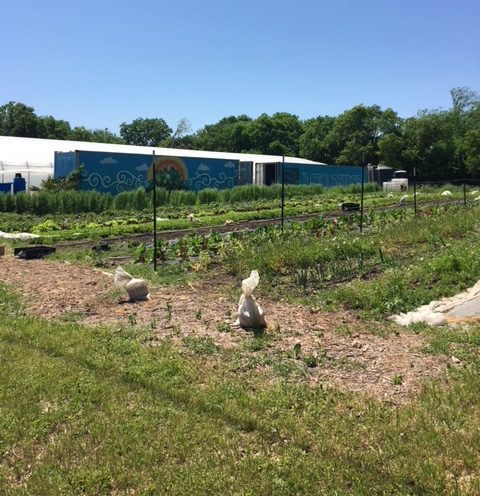
Startup Spotlight: Grit Grocery
Grit Grocery has put a gourmet grocery into a food truck. Working directly with farmers and other local producers, Grit Grocery launched a fleet of grocery trucks to bring fresh ingredients and meal-kit bundles into urban areas — starting in Houston — underserved by traditional grocery options. We visited with cofounders Michael Powell and Dustin Windham to find out how they’re doing after competing in the Food+City Challenge Prize in 2018.
What’s your founding date?
Founded in 2015, pilot in 2016-2017, full-scale launch in April 2018.
How big is your team?
Five co-founders, plus a team of seven who drive trucks, sell food, work in the kitchen and organize the warehouse.
What problem are you solving?
Grit Grocery trucks bring fresh local food products to urban locations that don’t have food retailers or that have stores that carry mainly processed nonperishable food. We’ve designed a shopping experience that provides ideas and inspirations for healthy, easy, fresh, local-food meal solutions, tonight.
What’s been the biggest surprise about running your business?
A lot of local brands are producing and growing great food, but they don’t have access to customers through a retail outlet. We get a lot of these groups asking to get their products on the truck. We also hear from apartment complexes and developers requesting that Grit be at their residences. We already have a long waiting list of sites.
What part of the food system are you in?
Grit Grocery is a retail destination. We source directly from local farmers and ranchers as much as possible. As a retailer, we are at the front line of customer interaction.
What was the big idea that got you started?
Why is it so difficult to put together all of our meals over the course of the week with fresh, local, healthy food? There’s something wrong with food retail — and with the traditional grocery store model, in particular — that makes it hard for so many people to eat healthy, find local foods and put together meals. While we’ve seen a lot of innovation in how food is grown and produced, retail innovation has been lacking. New online options are promising but lack the flexibility to be a good fit for today’s urban life. This is where Grit Grocery started.
Whom are you competing with?
Traditional grocery stores and other big-box stores are obviously the main source of food retail. Organic and specialty grocers offer food more in line with what Grit offers, but they mainly carry nonlocal food and a lot of processed food. Farmer’s markets are not competitors, but they do overlap with Grit’s offerings — though their shopping experiences are not strategically designed for customers. Online grocers and meal-kit providers are similarly flexible when it comes to delivering food retail access, but they also come up short in responding to a customer’s daily food issues and needs.
The coolest food system innovation I’ve heard of is…
Coolbot. Build a poor man’s walk-in cooler.
The scariest thing about today’s food system is…
Nowadays, food is everywhere you look, from the airport to the hardware store, schools to the office. But most of it seems to be processed junk. Society is busier than ever and we have created more on-the-go occasions to eat food than can possibly be healthy, or that can accommodate real food solutions. The processed food industry likes that and profits enormously.
What’s your latest big news?
We released a Chatbot in October 2018 that allows people to use their smartphone to order a meal for pickup at the truck. They can also use the Chatbot to find the Grit Grocery truck and order a Grit-Together, a unique dinner party event for small groups.
Best advice you’ve received?
Be resilient. That’s what grit is all about. Keep trying new things, putting ideas into action and watching to see what works and what needs further improvement.
What advice do you give to potential startup founders?
Good strategy and technology are not enough. People and their food habits are kind of weird and hard to predict. You need to test and get in front of people, see how they really engage with your food or product in their daily lives.



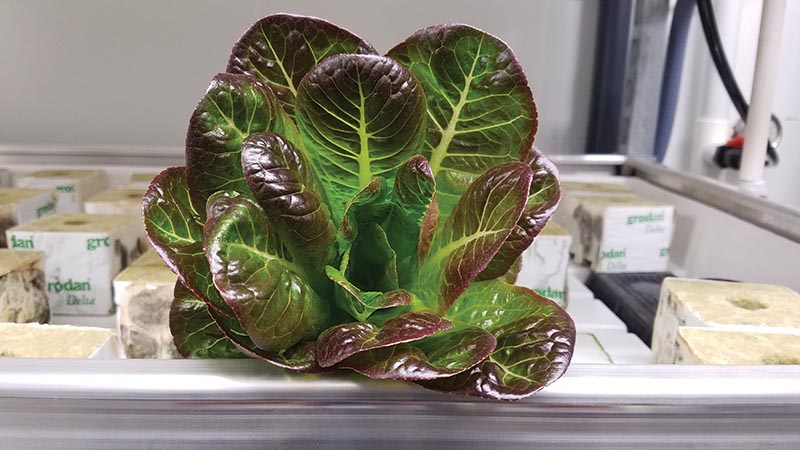

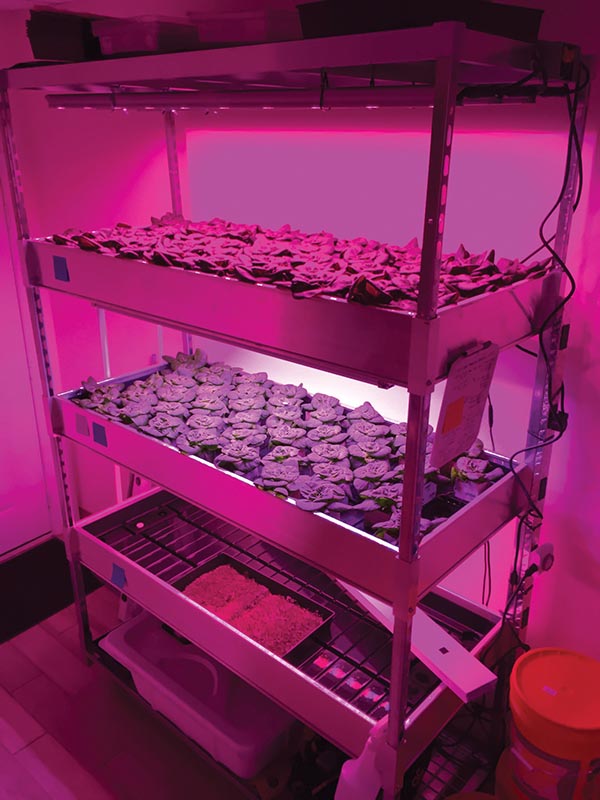
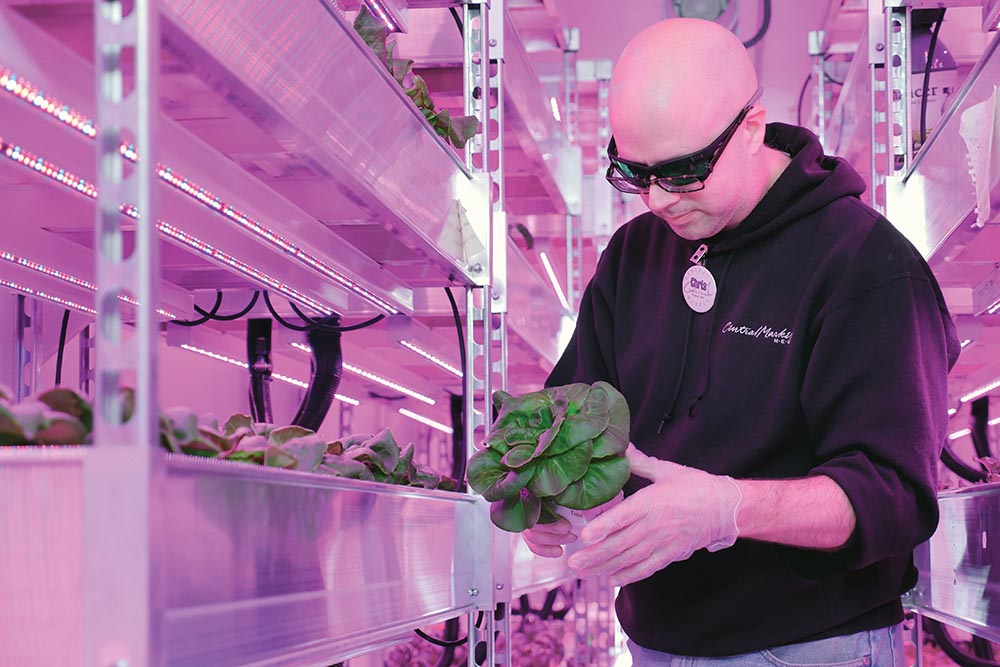

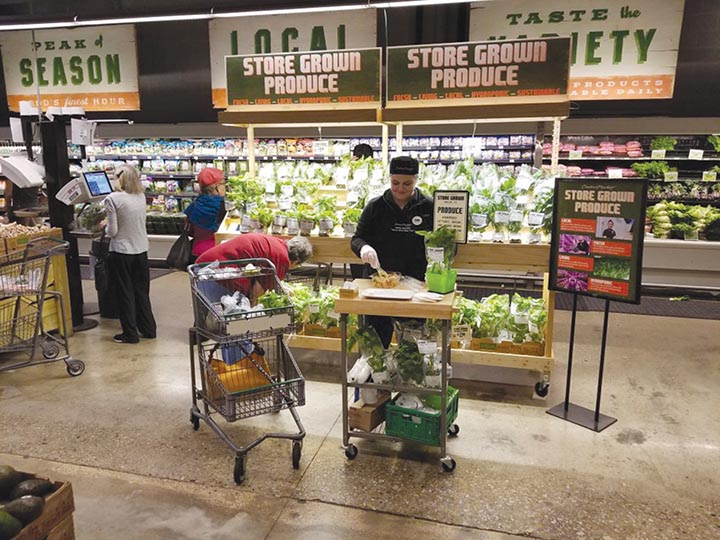

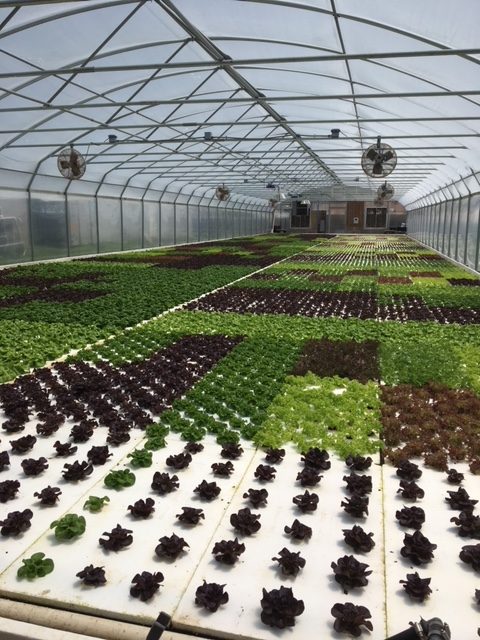

 Watch the recap video of the 2015 Food+City Challenge Prize featuring Ten Acre Organics as the Grand Prize winner.
Watch the recap video of the 2015 Food+City Challenge Prize featuring Ten Acre Organics as the Grand Prize winner.